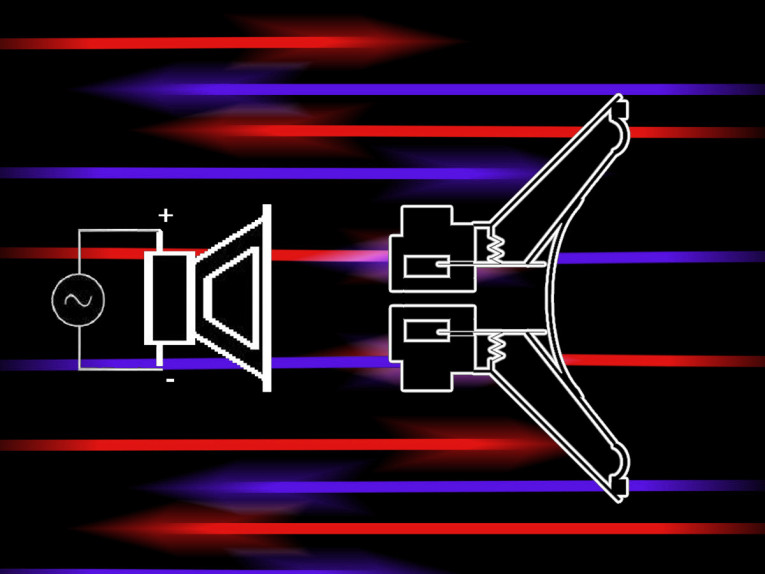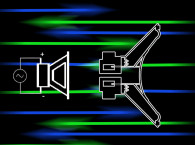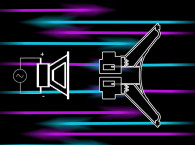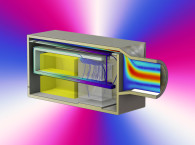In this third article of a four-part series, Andy Lewis discusses what causes Back EMF to simulate inductor, capacitor, or resistor (LCR) components, and explores the concept of slip, in order to explain how and why it causes the impedance to be inductive, resistive, or capacitive, depending on frequency.

Due to inertia, there is a delay in time between the motor force driving the cone (in phase with current) and the velocity of the coil as it moves through the magnetic field. This creates a phase delay between the input signal and the Back EMF, which is in phase with velocity (V = Blv). This phase delay is what causes Back EMF to simulate inductors, capacitors, and resistors.
For the purposes at hand, we will refer to this delay in time between input current and cone position as “slip.” There is no established convention for the use of the term “slip.” I have seen it used to describe the phase relationship between input voltage and Back EMF voltage.
However, I find using input voltage as a reference in this context not to be useful, for two reasons. First, input current, as opposed to voltage, is precisely in phase with motor force, providing a link between the electrical and Newtonian systems. Input voltage is not, because voltage and current are shifted in phase with respect to one another whenever impedance is reactive. In other words, there is a phase shift between input voltage and current introduced by the reactive impedance before we can even approach the subject of the phase relationship between input signal and cone position.
Second, Back EMF voltage is precisely in phase with voice-coil velocity, which is also a Newtonian quantity. These quantities have fixed differential and integral relationships to one another, which are lacking when input voltage is used as a reference. Input current, however, has a fixed integral relationship to cone position. For this reason, we will define “slip” to be the angle between input current and cone position, not the angle between input voltage and Back EMF voltage. This is why, in the second part of the article series “Thought Experiments,” we used current as a reference, not voltage.
This article was originally published in audioXpress, July 2018
Read Part 1 of this article series
Read Part 2 of this article series
Read Part 4 of this article series
Read the article now available online here







